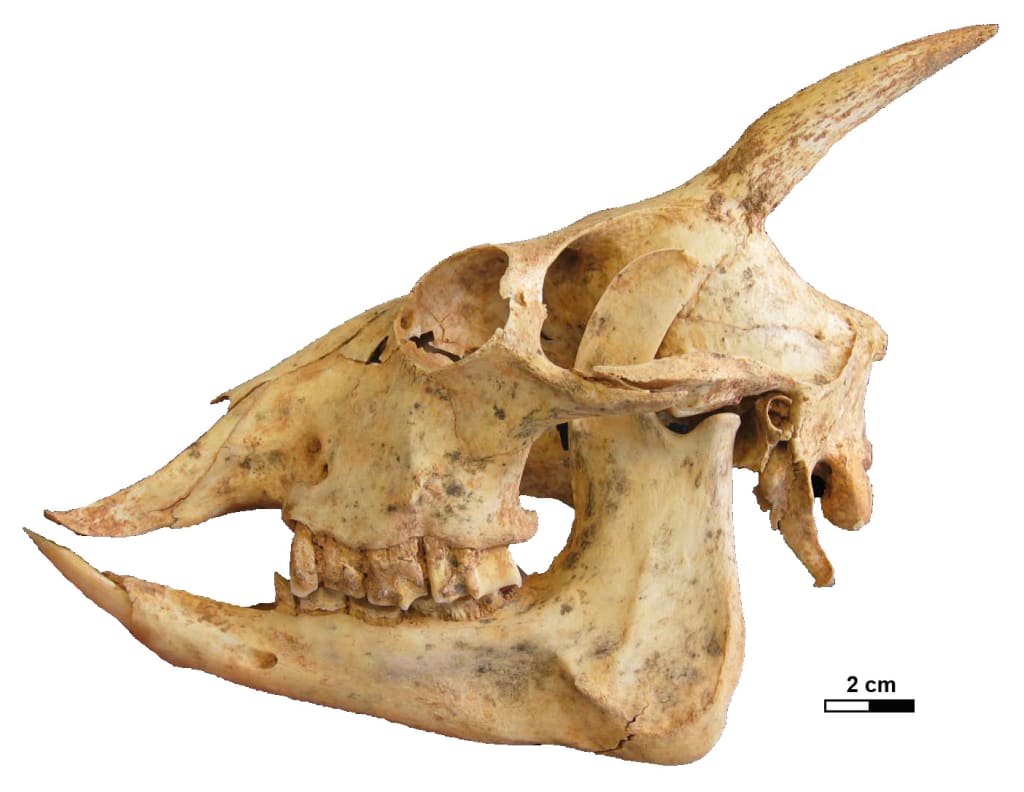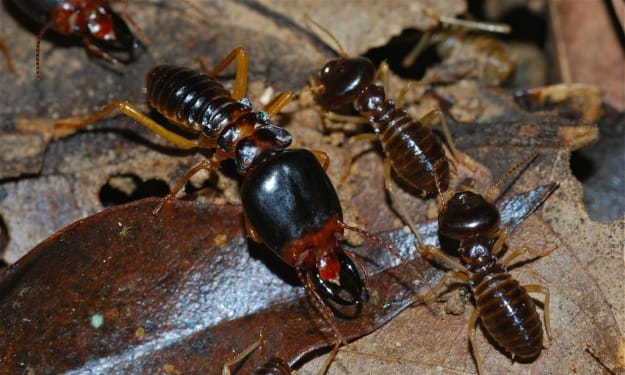
About 5,000 ago, humans drove the Balearian cave goat to extinction on the Spanish islands of Minorca and Majorca. With no natural predators until the arrival of humans, these goats survived for millions of years with a scarcity of resources, baffling scientists with their ability to thrive until a study was conducted on their fossilized bones and discovered they were cold-blooded.
There are many differences between warm-blooded and cold-blooded organisms, one of which being the need for food. While warm-blooded animals need continuous food to survive, cold-blooded animals such as reptiles have metabolisms and growth rates that adapt to their surroundings and available resources. Rather than dying from the lack of food on Minorca and Majorca, the Balearian cave goat evolved into cold-blooded animals, making them the first mammals discovered to have achieved that level of flexibility when it came to survival.
Besides their extraordinary cold-blooded adaptation, there were other oddities found in the Balearian cave goat. Unlike most herbivores, these goats had forward facing eyes like primates and carnivores, granting them stereoscopic vision. They also had relatively small noses comparable to that of a rabbit or a hare and a tail that was non-proportionately long for its body.
As for their reproduction habits, little is known about these animals. The 1999 discovery of the skeletal remains of a newborn Balearian cave goat led scientists to believe that they could follow their mothers shortly after being born and the fact that the species had horns implies that the males may have fought over mating rights. And, due to the Mediterranean climate being seasonal in that area, scientists hypothesize that they had an annual mating season, though what time of year it fell on is unknown.
Now extinct, Balearian cave goats spent millions of years thriving on these Spanish islands up until they were colonized by humans. With no natural predators, these goats never developed adaptations to defend themselves with, and so the arrival of humans meant a swift extinction. There is also evidence shown that the first Balearic settlers brought them to their caves alive, meaning that there may have been a failed attempt at domestication.
Despite being extinct, the Balearian cave goat is still one of the most interesting zoological discoveries to date. They are the only mammals in the world known to have developed cold blood, adapting to survive on islands with few resources. Hopefully with time, more will be discovered about these animals, their lifestyle, and their genetic make-up.






Comments
There are no comments for this story
Be the first to respond and start the conversation.